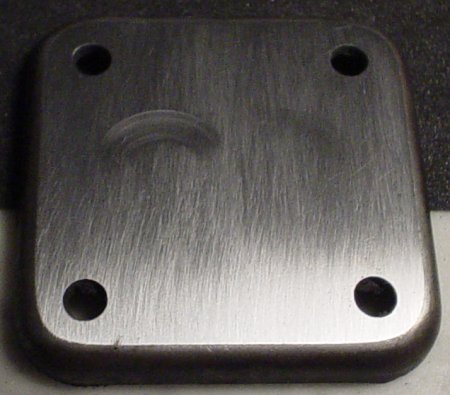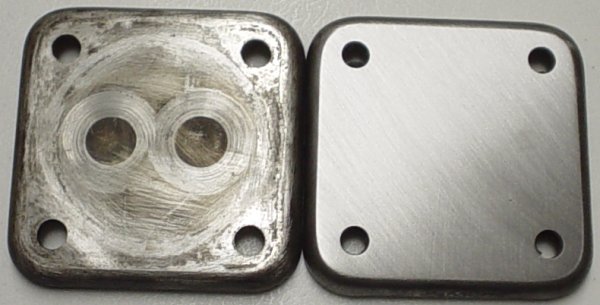Now that I have my Beetle's engine apart, there are two problems that I'm going to deal with as I put it back together. The first is that the cylinder heads were machined without re-adjusting the chamber volume, so the engine has been running at too high of a compression ratio. This I'm going to solve by replacing one of the heads and getting all the chambers back in balance.
The other problem is that oil pressure tends to run low; the oil light flickers pretty strongly when the engine is idling after it's been warmed up. I did a check of the oil pressure specification right before I pulled the engine out of the car, and the pressur was definitely sub-par. Low oil pressure is sometimes an indication that the car is nearing needing to have the engine overhauled. I bought the car assuming that I'd be overhauling the engine in a couple of years. However, the other symptom of a worn engine is oil usage and oil smoke in the exahust, and neither of those is present.
However, it's also possible that oil pressure is low because the oil pump isn't entirely doing its job. Or some of both, for that matter. As a diagnostic, I took the oil pump apart. Some parts of it are pretty badly worn, and the last time it was assembled it was done by an idiot who used the wrong gasket and gooped it up with sealing compound. So I ordered a new pump.
The new pump came yesterday:

To get optimal efficiency out of the pump, certain clearances need to be exactly right. The gears in the pump have to be exactly the same height as the body, and the cover needs to be completely flat so it doesn't let oil by. To finely adjust those clearances, you can sand whatever part needs to be smaller and slowly remove material. This is essentially machining without having to have machine tools.
However, I've never done this. I don't know how long or how much effort it's going to take to remove a certain amount of material. So I decided to start with a practice run. I took the idler gear out of the oil pump that's in the engine and decided to see what it took to shave off metal. I also decided to work in flattening the oil pump cover, since it was pretty badly scored. Here's the gear and the oil pump cover:

So I worked on the pump gear for a while. The material comes off slowly enough so it's easy to control the rate. Here's the end of the gear with a little bit of material taken off; you can see the ends of the gear teeth have been sanded smooth:

Then I made the mistake of trying to work on the cover plate. It was going well at first. I could take off material. But then I wanted to just finish it up and get back to working on the gears. Well, the round gouge marks were deeper than I expected. So at this point, I realized this wasn't being easy and I need to get coarser sandpaper:

At that point, I figured I was 80 percent done. No way. I wasn't half way. The quarter-circle of gouges in that photo are pretty deep.
So finally, after 3 hours plus of sanding, my shoulders and hands are very tired, but the cover plate is on the right:

The one on the left is out of a pile of VW parts that I bought one time. It sort-of makes a before/after picture.
So the next few steps for working on the car are: - match oil pump parts - install oil pump - equalize combustion chamber volume After that, it's a matter of assembly and re-installing the motor.